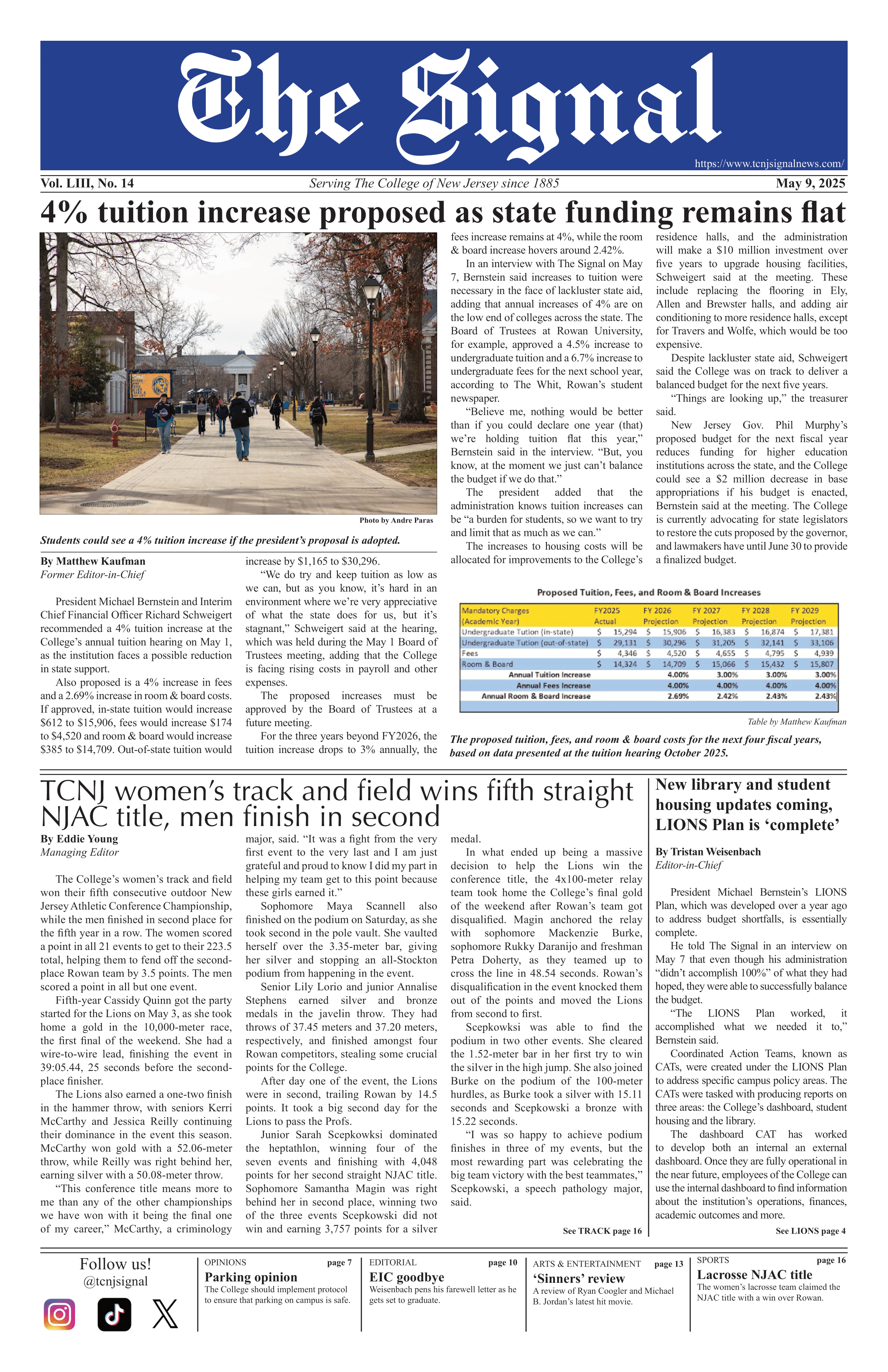On Monday, March 17, students across the School of Humanities and Social Sciences listened to a lecture by Natalie Byfield about the connection between race and the media, as shown in her book, “Savage Portrayals: Race, Media, and the Central Park Jogger Story.” Byfield was brought to the College as a part of the Gloria Harper Dickinson lectures, bringing scholars to discuss African studies and social issues.

Byfield was a reporter for the New York Daily News in 1989 when a news story broke about a jogger who was brutally raped and beaten allegedly by a group of boys in Central Park. After the woman was attacked, it was immediately incorrectly assumed that a group of African-American and Latino boys was responsible for the attack. In fact, they spent a decade in jail until the real rapist was found and they were exonerated. Today, they are still trying to get compensation in courts for their wrongful conviction.
“There is an injustice in blaming all the nation’s problems on the little black boy or Latino,” Byfield said. “People of African descent have been viewed so differently from those of European descent that it was thought they shouldn’t be considered human.”
In the Central Park jogger case, the accused boys were reported to have been “hunting” a white girl to rape. Byfield noted this as one of the biggest examples of the media marginalizing black males.
“The sheer improbability of the statement is astonishing,” she said.
Byfield explained that pejorative language has been used to describe blacks and Native Americans for centuries, and throughout the height of the Jim Crow era, the idea of all black males being dangerous was perpetuated, and realities were distorted throughout the media.
When Byfield first heard of the jogger being attacked in Central Park in April 1989, she said she had two immediate first thoughts: that she wanted to be the one to report on the story, and that she hoped the person who did it was not black. She knew the significance of the story would come from the victim being white, and this would turn the “Central Park jogger” story into so much more.
During the investigation, Byfield said there was much more marginalization of blacks and browns than ever before. Groups larger than three black or Latino kids weren’t allowed in the park anymore without identification, and Byfield couldn’t even get the New York Daily News to report it. Juvenile justice laws passed in the ’90s made it easier for juveniles to be tried as adults, and the black and Latino youth were once again ostracized.
Byfield’s book on the “savage portrayal” of race in the media and her lecture focused on the idea of the young black or Latino being considered a “superpredator” in the community.
“Fear and loathing of black and Latino males was rampant,” Byfield said.
Beginning in the Nixon and Reagan eras, Byfield explained that the media and government were focusing on the “War on Drugs” and the “War on Crime,” but never noted the link between the two. There was more money spent on jails and courts than education, and blacks and Latinos were being directed into the criminal justice system, but the war on drugs and crime were never connected on the news.
The boys accused of assaulting the Central Park jogger confessed due to a feeling of force and obligation — a savage portrayal by the media. The jogger’s class, race, job and education were highlighted in media reports — another savage portrayal of the accused.
Though this happened in 1989, Byfield said she could still see something like this happening again: people being wrongfully accused of violent crimes only because of the color of their skin.
“I see echoes all the time,” she said. “Not only could it happen again, but it might be worse.”






